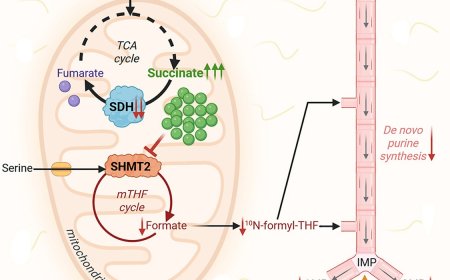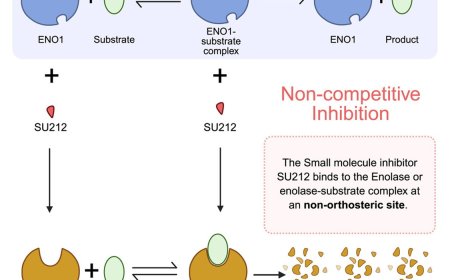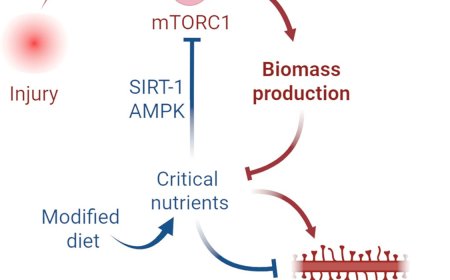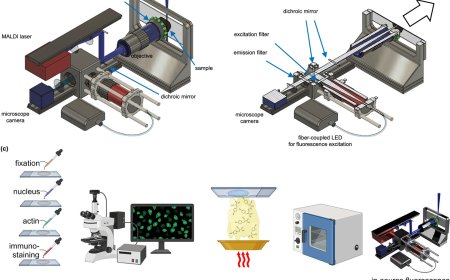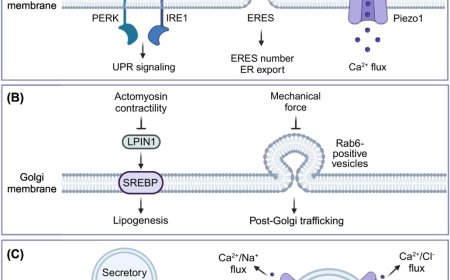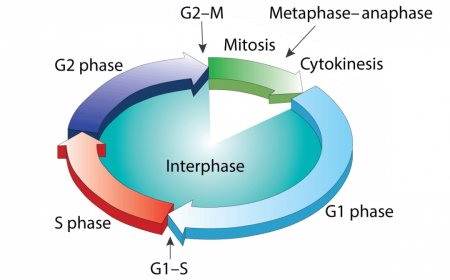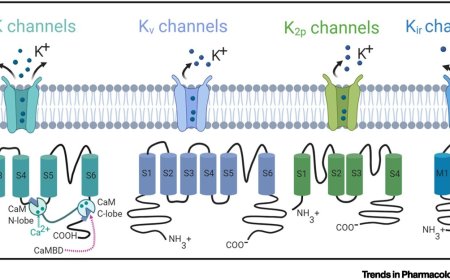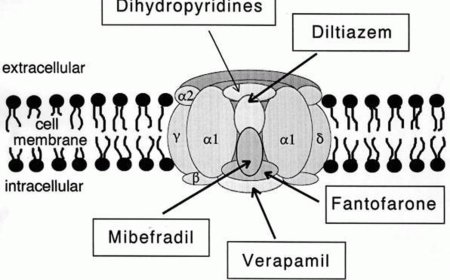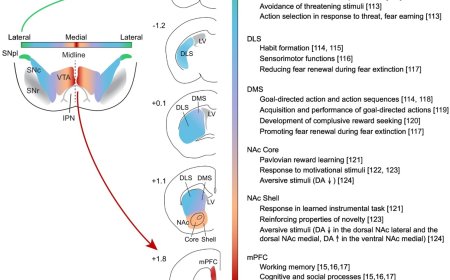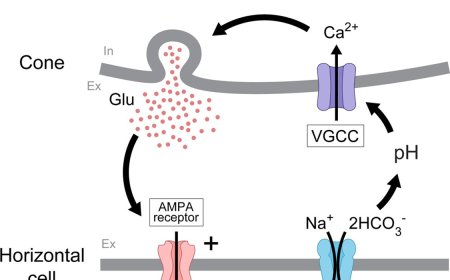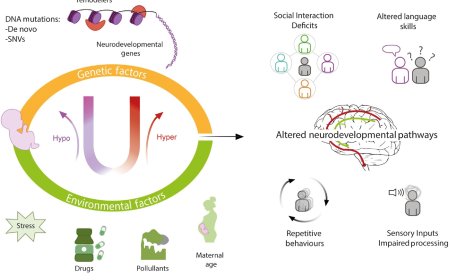NADPH-dependent metabolism in hematopoietic stem cells
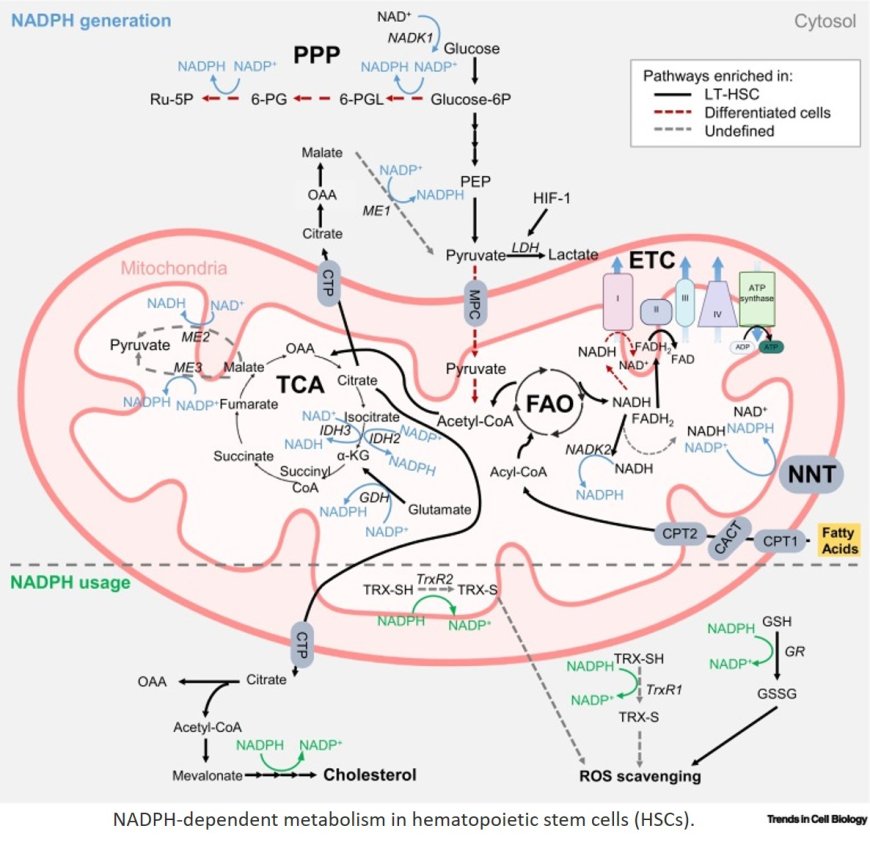
Mitochondrial metabolism actively regulates hematopoietic stem cell (HSC) fate determination by segregating mitochondria, fatty acid oxidation (FAO), and NADPH upon asymmetric (or symmetric) cell division.
High levels of NADPH in long-term HSCs (LT-HSCs) promote anabolic reactions, particularly cholesterol biosynthesis. HSCs preferentially channel acetyl-coenzyme A (acetyl-CoA) towards cholesterol biosynthesis rather than directing it to the tricarboxylic acid (TCA) cycle. The NADPH-cholesterol axis supports the biogenesis of extracellular vesicles (EVs) to maintain HSC properties.
EVs derived from various cell types can modulate the survival and clonogenic potential of HSCs, thereby contributing to the proper maintenance of HSC capacity, even in an autocrine manner.
Targeting the mechanisms that control HSC fate is a primary objective of ongoing research in HSC-based therapies, including ex vivo HSC expansion and the treatment of hematological malignancies.
https://www.cell.com/trends/cell-biology/fulltext/S0962-8924(24)00141-7
https://sciencemission.ayurmatrika.com/Metabolism-and-HSC-fate:-what-NADPH-is-made-for
